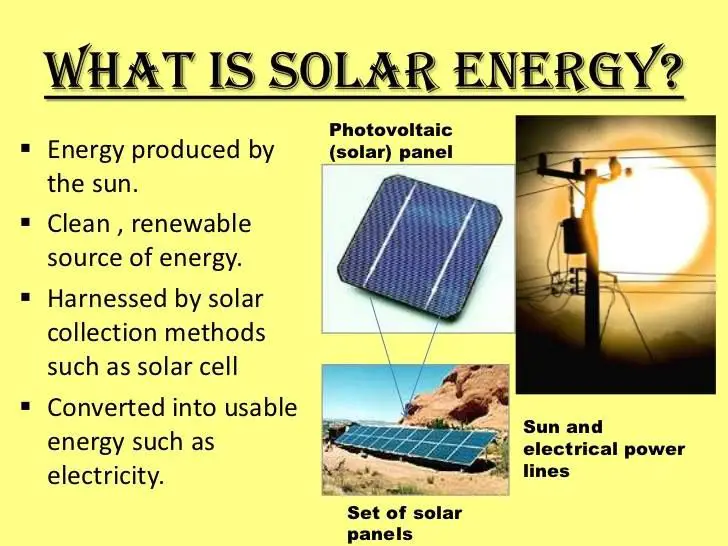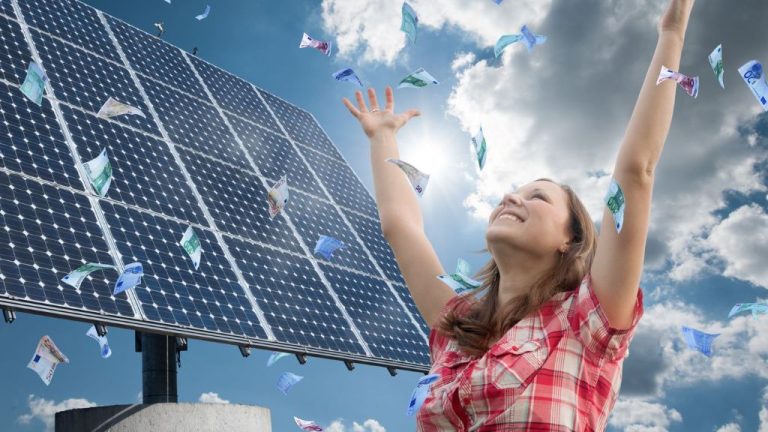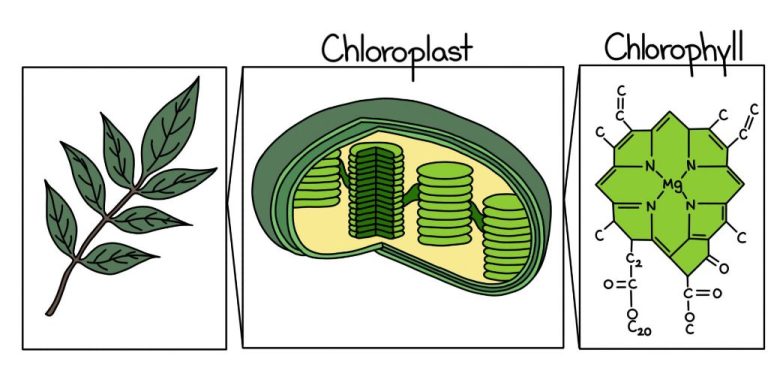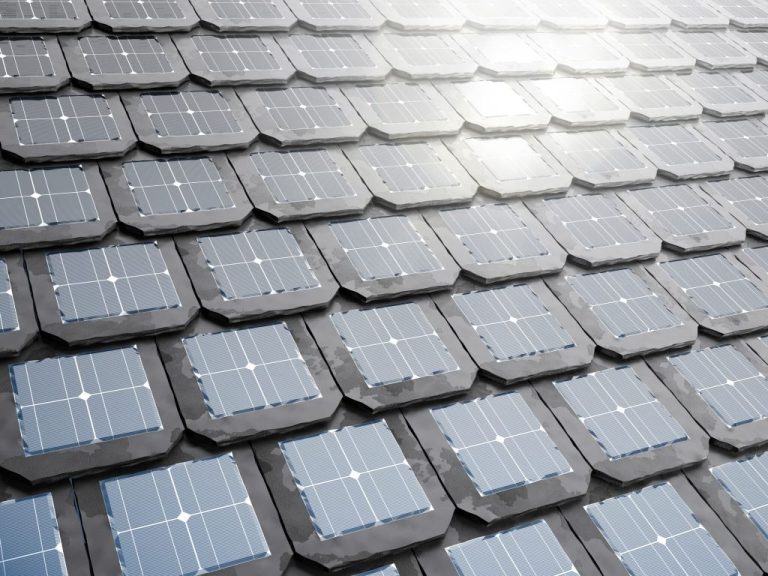How Can We Make Solar Energy More Environmentally Friendly?
Solar energy is one of the fastest growing renewable energy sources, with global capacity reaching over 627 gigawatts in 2018 [1]. As solar panels become more widespread, especially in large solar farms, concerns have emerged about their potential environmental impact. While solar energy offers a clean alternative to fossil fuels, current solar technologies are not completely environmentally benign. Release of hazardous materials, land use changes, and disposal of old solar panels can pose ecological risks [2]. This article examines how we can make solar energy more eco-friendly through improvements in manufacturing, installation, operations, and disposal. The goal is to maximize solar’s sustainability so it can fully realize its potential as a green energy source.
Manufacturing Processes
Solar panels are primarily made from silicon, glass, aluminum, copper and other materials. The manufacturing process involves several steps including purification and crystallization of silicon, forming wafers, assembling solar cells, and module assembly.
Some hazardous materials such as hydrochloric acid, sulfuric acid, nitric acid, hydrogen fluoride, 1,1,1-trichloroethane and acetone are used during the production process. These chemicals can be dangerous if released into the environment. Strict waste management procedures need to be followed to avoid pollution. [1]
Manufacturing solar panels is also an energy intensive process, often relying on fossil fuels for energy. This leads to emissions of greenhouse gases and other pollutants. Proper emissions controls and energy efficiency measures at solar panel factories can help reduce the environmental impact. [2]
Overall, while solar power itself is clean energy, the manufacturing process for solar panels does involve use of some hazardous substances and leads to emissions and waste. Advances in low-emission manufacturing techniques can help minimize the impacts.
Materials Used
Most solar panels are made of silicon, glass, aluminum, and copper. However, there are some concerns with the toxic materials in solar panels:
- Silicon tetrachloride and sulfur hexafluoride used in manufacturing can have negative environmental and health impacts if not handled properly.
- Lead is sometimes used as a stabilizing agent in panels. This is toxic if released into the environment.
- Cadmium telluride panels use the heavy metal cadmium which is highly toxic.
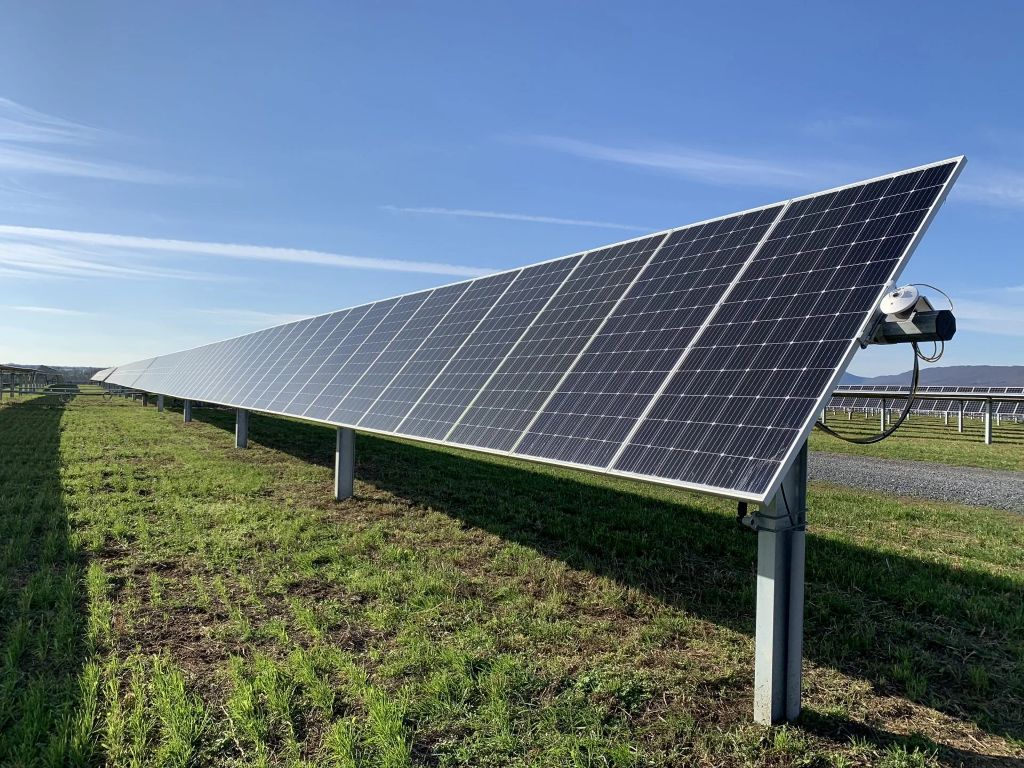
Some more sustainable alternatives exist:
- Thin-film panels use little or no silicon, reducing waste.
- Some panels substitute lead with safer alternatives like tin.
- Some companies like First Solar are developing cadmium-free panels.
Overall, manufacturers can reduce toxicity by:
- Using recycling to reclaim valuable materials from old panels.
- Finding substitutes for hazardous compounds where possible.
- Improving production and waste management processes to minimize chemical releases.
With greater emphasis on sustainability, continued innovations promise to make solar power safer and cleaner in the future. [Capital City Solar]
Panel Lifespan
The average lifespan of a solar panel is around 20-25 years (The Life and Afterlife of Solar Panels, 2020). However, many factors affect longevity such as climate, installation method, and maintenance. Solar panels lose efficiency over time, with most experiencing 0.5-1% annual decline. After 20-25 years, efficiency drops to around 80% of the original rated power. At this point, solar panels are typically no longer cost effective to operate.
While solar panels are designed to have a long working life, eventually they do reach end-of-life and need recycling. Proper recycling is important as panels contain lead, cadmium, and other toxic metals. However, recycling old solar panels can be challenging. It is an emerging industry still establishing dedicated infrastructure and processes. Recycling also has associated costs not built into initial purchase and installation. Designing solar panels for durability, while also considering end-of-life and how materials can be reclaimed, will be an important step toward more sustainable solar technology.
Energy Payback Time
Energy payback time (EPBT) refers to the length of time required for a solar photovoltaic system to generate the same amount of energy that was used to produce the system. According to Solar Panels Unveiling the Energy Payback Time by Brand, the current average EPBT for solar panels is around 1-3 years. This means that on average, a solar panel system will produce enough clean, renewable energy to offset its manufacturing energy within 1-3 years of operation.
Some factors that influence EPBT include panel efficiency, location, mounting, and manufacturing processes. More efficient panels with higher quality materials will typically have shorter EPBTs. Systems in sunnier locations will also have quicker payback times. Continued improvements in manufacturing and solar cell technology have helped reduce EPBT over the past decade.
Further reductions in EPBT can be achieved by using recycled materials, minimizing transportation distances, and streamlining production. Solar companies are also working on new technologies like perovskite solar cells that require less energy to manufacture. Government incentives for renewable energy projects also help improve EPBT by offsetting system costs. Overall, the short EPBT of modern solar demonstrates it is an extremely viable and ecologically-sound energy source.
Land Use
Solar farms require large land areas to capture sufficient sunlight. According to Foster Swift, typical solar farms require around 5-10 acres per megawatt of energy produced. To meet 40 GW of solar capacity by 2035 in the UK, this could require up to 800 km2 of land dedicated to solar panels. This substantial land use can impact local habitats and ecosystems.
Solar farms are often built on agricultural or wilderness lands. Converting these spaces to industrial use fragments habitats, disrupts wildlife corridors, and reduces biodiversity. For example, farmland birds and pollinating insects can lose feeding and nesting areas when fields become occupied by solar arrays. However, solar developers are exploring ways to build projects with wildlife in mind, such as planting native vegetation under and around panels.
Solar farms can also be sited on degraded lands like abandoned mines or landfills. Dual-use projects integrate solar around existing infrastructure such as hydroelectric dams or railways. Rooftop solar on homes, warehouses, and commercial buildings takes advantage of existing structures. With thoughtful planning and policies, solar capacity can expand while minimizing further disruptions to natural habitats.
Water Usage
Solar panels require regular cleaning to maintain peak efficiency. Typically, water is used for rinsing dust and dirt off the panels. According to Energy5, solar panels are considered relatively water-friendly in terms of operational usage since cleaning only occurs periodically[1]. However, in arid regions already facing water scarcity, even periodic panel cleaning can strain limited water resources.
Methods to reduce water usage for solar plant maintenance include using recycled water, rainwater harvesting, and robotic dry cleaning systems. For example, Sistines Solar recommends using recycled wastewater from treatment plants for solar panel cleaning. This approach conserves potable water supplies[2]. Other solar farms are experimenting with rainwater collection to supplement panel cleaning. Advanced robotic systems use brushes, air, and electrostatic forces for waterless panel cleaning.
Overall, solar developers should aim for sustainable water usage through conservation, recycling, and new technologies. With proper management, solar energy can expand without exacerbating regional water scarcity.
[1] https://energy5.com/the-impact-of-solar-panels-on-local-and-global-water-systems
[2] https://sistinesolar.com/solar-energy-and-agriculture/
End-of-Life Disposal
Solar panels have lifespans of around 25-30 years. As more panels reach end-of-life, disposing of them in an environmentally responsible way presents challenges.
Solar panels contain hazardous materials like lead and cadmium that can contaminate soil and water if not properly handled. Many old solar panels end up in landfills, which is problematic. Improving recycling methods to safely separate and recover materials is important.
Currently, solar panel recycling is limited in capacity and availability. Facilities like ERI specialize in solar panel recycling but there are not enough to meet future demand as more panels reach end-of-life. More recycling infrastructure needs to be developed. https://eridirect.com/sustainability/products-we-recycle/solar-panels/
Designing solar panels for easier disassembly would also aid recycling. Using screws instead of adhesives, reducing material complexity, and labeling components help separate materials and recover more value. https://www.greentechrenewables.com/article/can-solar-panels-be-recycled
With careful lifecycle planning and design, solar power can become truly sustainable and renewable.
Policy and Regulations
Government incentives have played a key role in driving the growth of solar energy globally. Policies like tax credits, rebates, and renewable portfolio standards have made solar power more affordable and accelerated its deployment (Solar Energy Policies and Incentives, 2023). However, as the industry matures, there is a growing focus on enacting sustainability standards and regulations to ensure solar continues providing clean energy over its full life cycle.
Industry groups have called for extending producer responsibility through takeback and recycling programs to manage end-of-life panels responsibly (Solar Industry Commitment to Environmental & Social Responsibility, 2012). Policymakers are also looking at enacting sustainability criteria covering manufacturing, materials sourcing, energy payback times, and land use for solar projects to qualify for incentives. Standards will provide greater transparency into the sustainability of different solar technologies and incentivize continual improvements.
Governments play a vital role through policy in enabling the solar industry to scale sustainably. Incentives for deployment must be balanced with standards for responsible production, use, and disposal. Policy shaped through engagement with the industry, environmental groups, and local communities will pave the way for solar to maximize its benefits.
Conclusion
In summary, there are several ways we can continue to improve the eco-friendliness of solar energy technology and infrastructure. By using more benign manufacturing processes, sustainable materials, and implementing responsible end-of-life recycling programs, we can reduce solar’s environmental impact throughout the product lifecycle. Policymakers should encourage these improvements through incentives and regulations that promote environmental stewardship across the solar supply chain.
Looking ahead, innovations in panel efficiency, lifespan, and disposal will further minimize the ecological footprint of solar over time. With diligent research and development, solar can become an increasingly sustainable energy source. The solar industry must make this a priority, alongside delivering cost-competitive and reliable renewable power.
Stakeholders across government, industry, and academia should collaborate to nurture solar’s eco-friendly potential. With concerted effort, solar can provide abundant clean energy while continuing to reduce environmental harms. The future is bright for solar, but we must keep sustainability at the forefront as the technology scales up globally.

